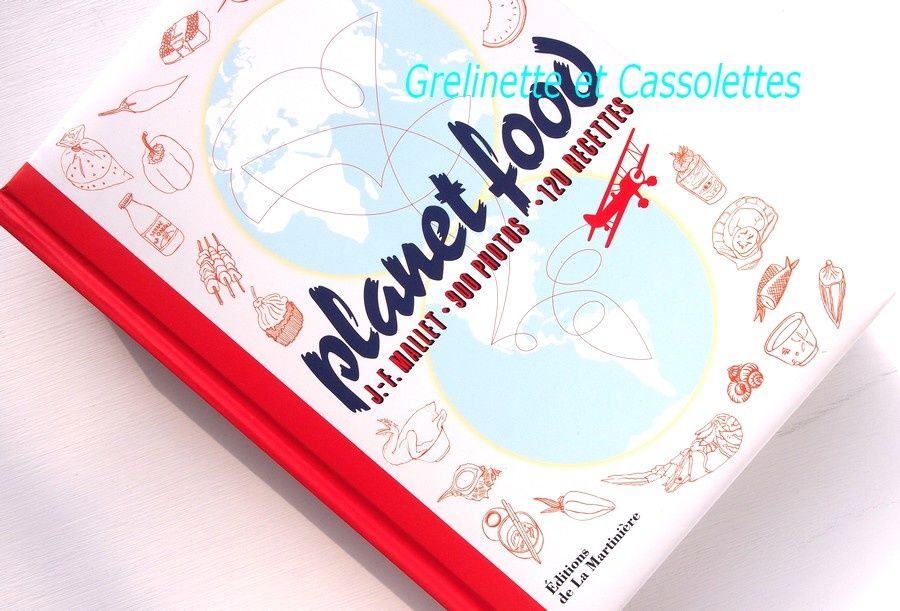
Aside from the intense heat found here, another by-product of the volcanic activity turns out to be a rich collection of bacteria and minerals that can sustain a surprising amount and variety of life. Crabs covered in snow-white hairs feed on plumes of hydrogen sulphide, a gas toxic to most living things. These fissures in the earth’s crust produce scolding streams of water hot enough to melt lead. Perhaps the most surprising discovery revealed by this episode was the sheer amount of life that congregates around hydrothermal vents. Not all of us will want to come face to face with a fangtooth, the fish with the largest teeth relative to its body size in the entire ocean, but simply knowing we share our planet with such extraordinary living things is enough to make us cherish our planet just a little bit more.
#Blue planet food skin
To see them for yourself, the northern coastline of South Africa’s KwaZulu-Natal province – also known as the “Dolphin Coast” – offers a prime location.īut the same creatures that can make our skin crawl can also make our jaws drop. In fact, the bottlenose dolphin possesses the second-largest brain-to-body-weight ratio of any animal, behind only humans. The adult dolphins’ ability to introduce their young calves to this peculiar form of underwater skincare points to the animals’ well-documented intelligence, as does their fondness for surfing and playing with one another.

The first scene that takes place beneath the waves sees a family of bottlenose dolphins rubbing themselves against the fronds of a Gorgonian coral, a species which is thought to possess anti-microbial and anti-inflammatory properties.

Blue Planet II has come at just the right time, as showing viewers the beautiful fragility of these ecosystems on a worldwide platform is the first step towards engaging everyone in conservation. We begin with the welcome sight of Sir David perched at the bow of a ship, who tells us that our oceans are changing at a faster rate than ever before.


 0 kommentar(er)
0 kommentar(er)
